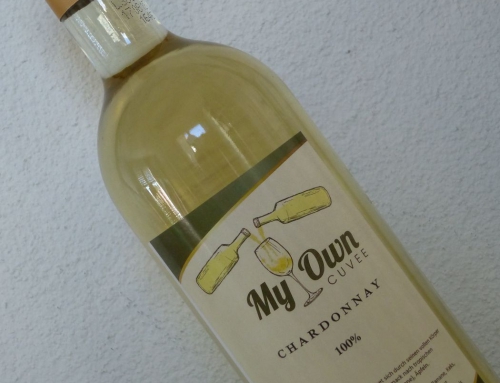Do you know Asterix and Obelix? Lyon was their capital
Lyon is an extremely important Gallo-Roman city and we’re lucky to retain a lot of excellent remains from the period. It was the political and administrative capital of Gaul as well as an extremely important economic hub. The Amphitheatre of the Three Gauls located at the foot of the Croix-Rousse hill is particularly emblematic of Lyon’s history: it was here that at the beginning of the first century before Christ the Council of Gauls made their administrative and political decisions. In the second century it became a classical amphitheatre and venue for Roman games, and it was here that Saint Blandina and other Christian martyrs were put to death in 177 A.D. This date marks the beginning of the Church in Lyon, the first Western Church.
The main sites are located on the Fourvière hill: the odeon, the theatre and the cistern of the Giers aqueduct, which can be seen in the Rue Roger Radisson and in the St-Irénée University Park. You can also visit the baths of an excavated district on the Rue des Farges and a restored fountain in the Place du Trion. And you absolutely mustn’t fail to visit the Gallo-Roman Museum in Fourvière, which will really help you to understand all the complexity of a Gallo-Roman capital like Lyon during the antique period.
For anyone who is fascinated by history, as I am, Lyon is a truly extraordinary city, since it has developed on the same site right from the very beginning. As you stroll around Lyon, you travel through 2,000 years of history: the antique period through the remains, the early Christian period with the religious buildings, the Renaissance with Saint-Jean… Indeed, I believe that it’s in large part because of Lyon’s numerous historic remains that the city is classed as a UNESCO world heritage site.












